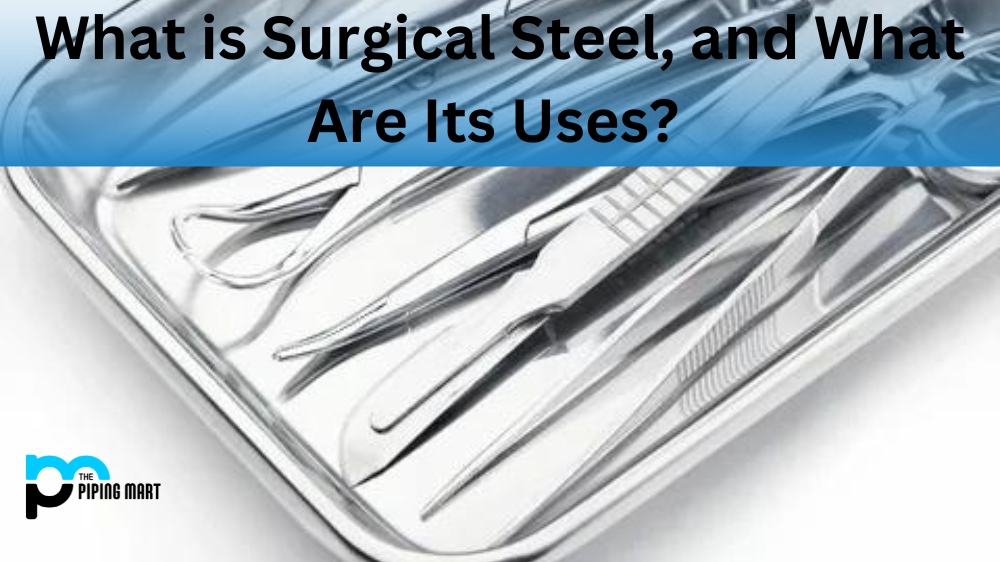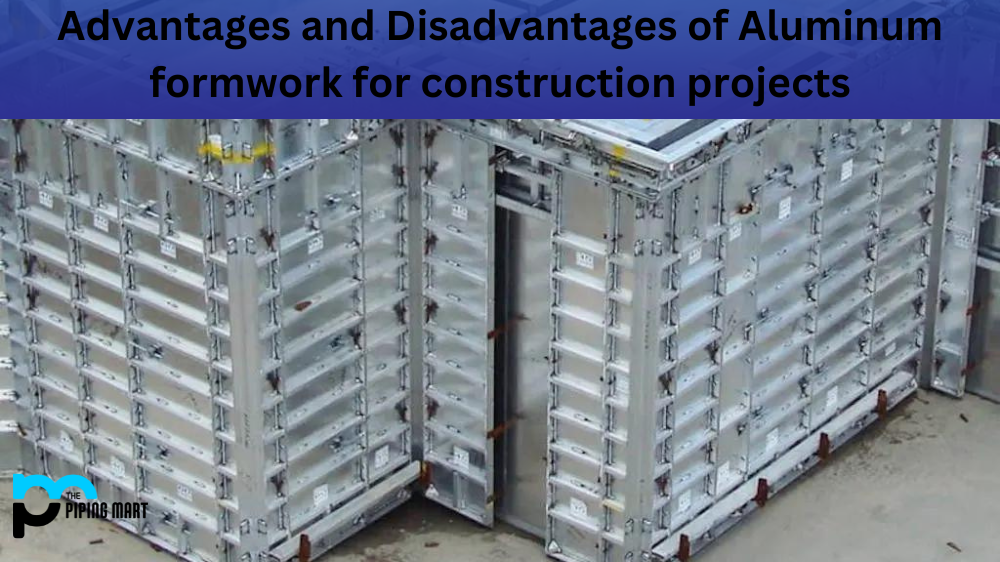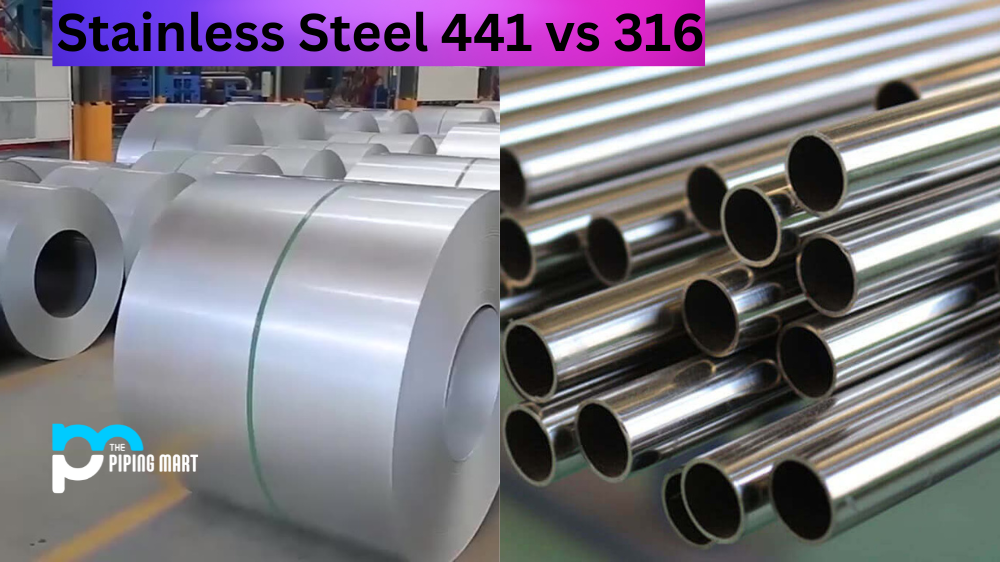Welding two different types of steel together can be a tricky process, especially when the types of steel vary significantly. In this blog post, we’ll discuss how to safely and successfully join mild steel with 4140 steel.
What is 4140 Steel?
Before discussing the welding process, it’s important to understand exactly what 4140 steel is. It is an alloy steel composed of chromium, molybdenum, manganese, and carbon. It has excellent strength and toughness properties, as well as good ductility and wear resistance. As a result of its strength and hardness characteristics, it is commonly used in automotive applications such as gear components and shafts.
Welding Process
When welding mild steel to 4140 steel, it’s important to keep in mind that the mechanical properties of the two metals differ significantly. As a result, preheating should be done prior to welding in order to reduce hardness in the heat-affected zone (HAZ). This will help minimize cracking around the weld area by allowing for more uniform cooling rates. Preheating temperatures should be between 150-400°F (65-205°C). It’s also important to use a low-hydrogen electrode when welding these metals together for extra protection against cracking or porosity issues. When finished with welding, it’s recommended that you perform a post-weld heat treatment (PWHT), which helps relieve any internal stresses caused during welding by heating them up slowly until they reach austenitic transformation temperature and then cooling them down rapidly using air or water quenchants. By doing this correctly, you will improve corrosion resistance and increase the overall structural integrity of your weldment.
Conclusion:
Joining mild steel with 4140 steel can be done successfully if done carefully and correctly. Preheat temperatures need to be between 150-400°F (65-205°C) prior to welding in order to reduce hardness in the HAZ while also using a low-hydrogen electrode during the process for extra protection against cracking or porosity issues. Additionally, performing PWHT after welding can help relieve internal stresses caused during welding while also improving corrosion resistance and increasing the overall structural integrity of your weldment. With all these factors taken into consideration, you should have no problem joining these two types of materials together successfully!

Meet Bhavesh, a seasoned blogger with a wealth of knowledge and experience. From metal products manufacturing to retail, Bhavesh has a diverse background in various industries and is dedicated to sharing his insights and expertise with readers.




